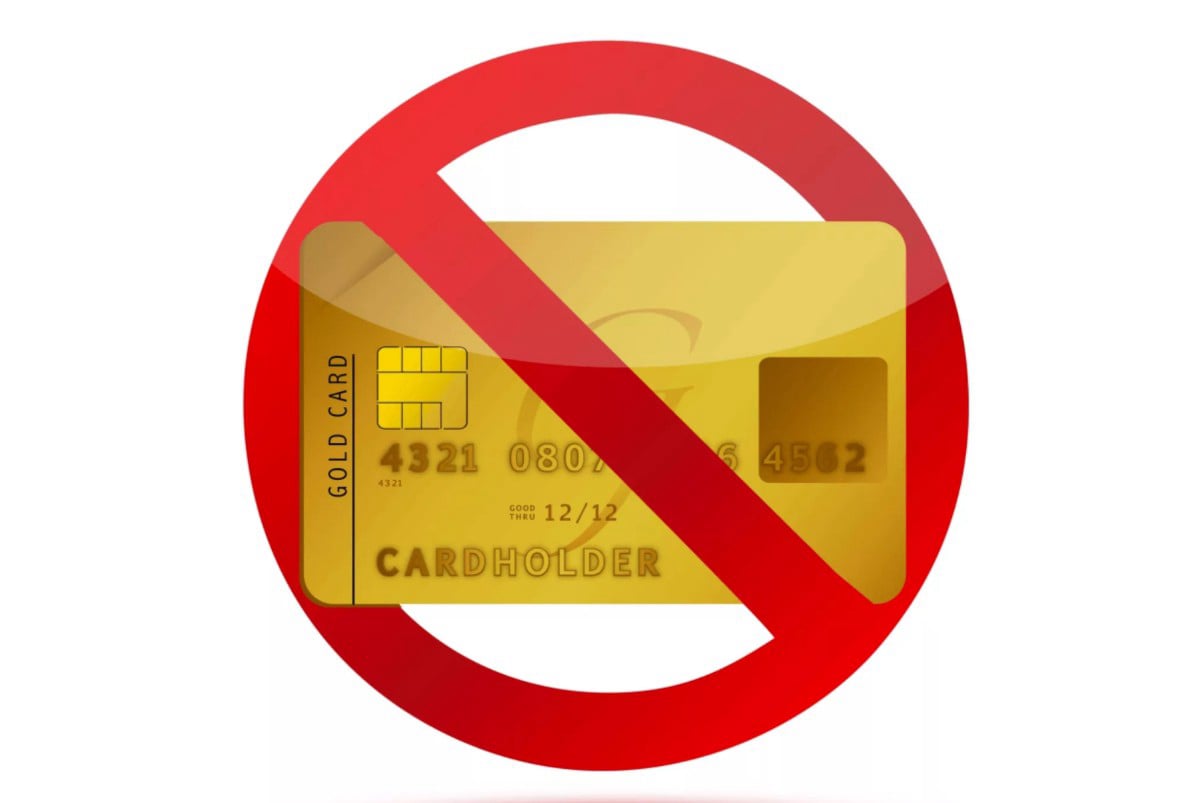The Cash-Only Challenge: How Switching to Physical Money Curbed My Overspending
I never realized how detached I was from my spending until I tried the cash-only challenge. For 30 days, I withdrew a fixed amount for groceries, entertainment, and miscellaneous expenses—no debit or credit cards allowed. The first week was brutal: handing over actual bills for a $12 salad hurt in a way tapping my phone never did. Psychologists call this the "pain of paying" effect—physical cash triggers a stronger emotional response than digital transactions, making you more mindful.
Unexpectedly, cash forced me to plan ahead. I portioned bills into envelopes labeled "Gas," "Dining Out," and "Emergency" (like parking meters). Running out of "Fun Money" by week two meant creative free activities—picnics, library movie nights—instead of mindless Uber Eats orders. The envelope system isn’t new, but in an era of invisible money, it felt revolutionary. Even my partner noticed; we argued less about "Where did $200 go?" because the evidence was literal empty envelopes.
Of course, cash isn’t perfect. I missed online deals, and splitting group bills was awkward ("Venmo me for your taco"). But the trade-offs taught me which conveniences were worth it (contactless transit cards) and which were habits (app subscriptions I forgot to cancel). For hybrid spenders, experts suggest keeping cash for "danger zones" (like Target runs) while using cards for fixed bills.
A month later, I saved 18% more than usual—not from earning more, but from seeing more. Now, I use cash for discretionary categories and automate essentials. The biggest lesson? Budgeting isn’t about restriction; it’s about reconnecting money to meaning. Try it for a week: withdraw what you’d normally spend, and watch how differently you prioritize.
